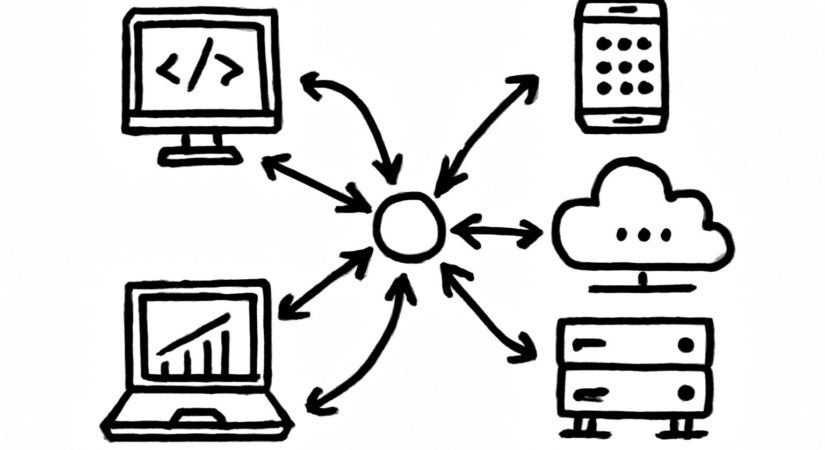Ad Context Protocol (AdCP) is often touted as a simple solution for ad tech integration. However, most initial AdCP projects fail—not because the protocol is flawed, but due to underestimating its complexity. Many approach it as a straightforward API upgrade, while it actually requires building a distributed system.
At its core, AdCP operates as a large-scale, asynchronous, stateful, multi-tenant orchestration challenge. Rather than a simple immediate response, actions like media buying enter a pending state requiring human approval and webhook notifications, turning your software agent into a server managing long workflows.
Engineering teams quickly realize they must develop an orchestration engine with capabilities such as:
- Persisting state: Maintaining job queues and tracking long-running tasks.
- Handling asynchrony: Managing durable processes that survive restarts and webhook events.
- Failure management: Implementing retry logic, idempotency keys, and circuit breakers to handle partner downtime gracefully.
The complexity extends further because a centralized AdCP hub is essential—not optional—for managing multiple partners, enabling shared budget control, analytics, and harmonized data. This hub functions as the brain that coordinates actions across many systems.
Despite these challenges, adopting AdCP offers a way beyond the current fragmented ad tech landscape. Unlike static data exchanges, AdCP allows work to move fluidly across systems, automating campaign planning and execution without custom integrations for each vendor.
AdCP complements existing protocols like OpenRTB rather than replacing them. While OpenRTB handles real-time bidding transactions, AdCP manages lower-frequency workflows such as deal negotiations, campaign setup, and reporting.
Implementing AdCP successfully requires a pragmatic approach:
- Start with a read-only pilot connecting a few partners to build a unified dashboard validating data flows.
- Progress to a write pilot with a small budget focusing on asynchronous processes and webhook handling.
- Establish governance by implementing a human-in-the-loop approval process with immutable audit trails.
- Build the core hub architecture with state machines and canonical data models to streamline adding new partners.
AdCP demands significant engineering effort but replaces brittle, custom scripts with a strategic, auditable orchestration layer. Organizations should stop budgeting for a simple API integration and start investing in the infrastructure that supports true automation.
